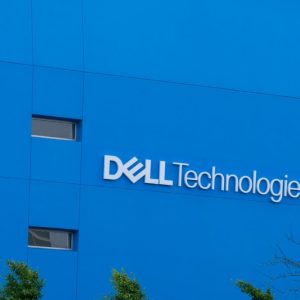
Most technology today is described as “smart”, whether it be referring to smart cities or smart homes filled with smart speakers, smart TVs and even smart toilets. The same is true in the context of software. Smart Software as a Service (SaaS) and predictive analytics have taken up much talk in Silicon Valley. This begs the question, what actually is smart technology?
The problem of most emerging technologies is the lack of definition. When software applications are described as “smart”, what is really meant is the product uses Big Data from somewhere in some way. However, this does not make an application intelligent. So what does? Altify has the answers.
Extracting the Value of Data to Make Software Smart
Data is often described as the new oil. But to extract the value of data, it is not enough to settle with technology that simply interacts with data. Truly smart software has access to data and delivers it to the user putting that data into context. The user can then make better decisions, or the software can make decisions autonomously.
For technology to be distinctively smart, it must view raw data through the lens of three filters: knowledge, context and applied reasoning. Examining large data sets and finding patterns can be challenging, especially amongst masses of incoming data. Computers are just as susceptible to this confusion when they are not well programmed. An example of this is predictive analytics.
The Issue with Predictive Analytics
The problem can be best illustrated by football. A robot equipped with historical data on World Cup wins is to predict future outcomes of FIFA’s World Cup. Based on historical data alone, it will conclude that all future World Cups will be won by European or South American countries.
A human can discern that this isn’t necessarily true. Broader knowledge or context tells us that the US and some Asian countries have increased their investment in football. Other factors to weigh in include; the popularity of football in a country, how it relates to culture, individual players’ recent performance, the makeup of each country’s selected teams including the coaches, the climate of the host country of the World Cup, as well as issues caused by corruption.
The robot cannot see the distinction between correlation and causation. When translated to the scenario of an advanced business analysis, the results of such predictive analysis could be terribly misleading. That is not to say that predictive analytics isn’t useful. Together with knowledge, context and applied reasoning, predictive analytics can be smart.
The Formula for Achieving Smart Software
Data is the first component needed, the oil so to speak that runs the engine. Second is domain knowledge which establishes the path forward in using the data. Added onto this is context, or the awareness of the reality surrounding the data set, which must be programmed into the software. This often means layering incoming data from a variety of sources to provide the software with an enhanced perspective. The final layer is applied reasoning, which means the software can make decisions and take action according to its interpretation of the data. Bringing these components together results in the following formula:
Data + Knowledge + Context + Applied Reasoning = Smart
To maintain smart technology and help it become more sophisticated it needs to be continuously fed with on-going, incoming data, knowledge, context and applied reasoning components.
Software has the potential to do incredible things and can be used as an excellent tool for businesses to make better decisions. Like humans, not all technology is intelligent, but some can be simply incredible.






